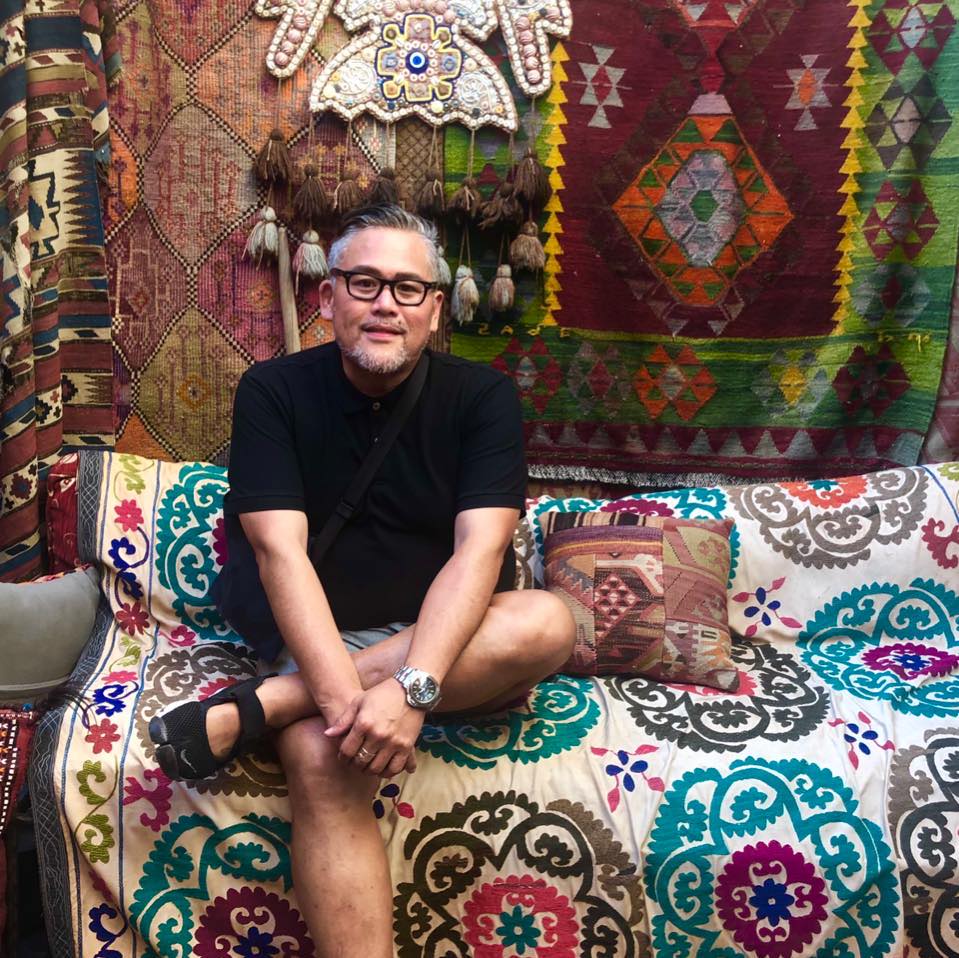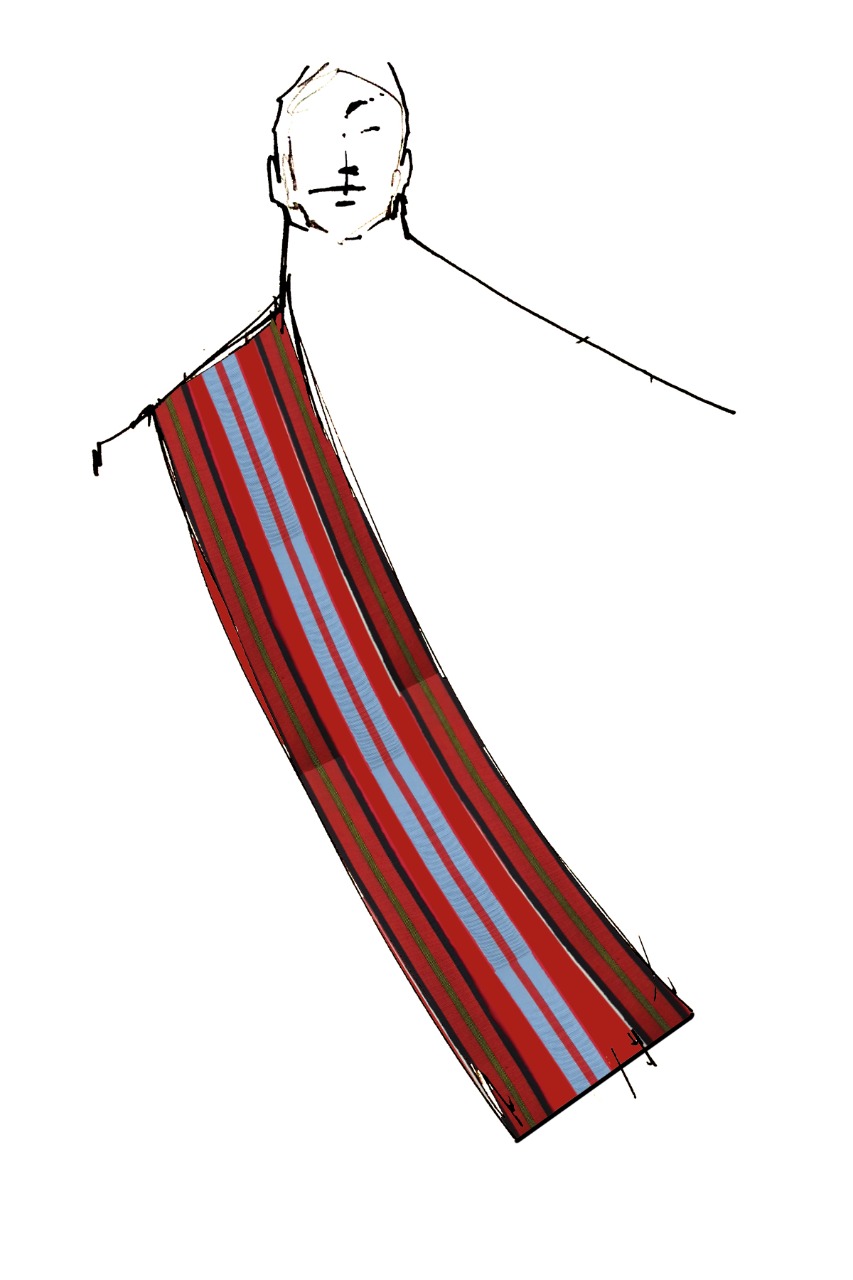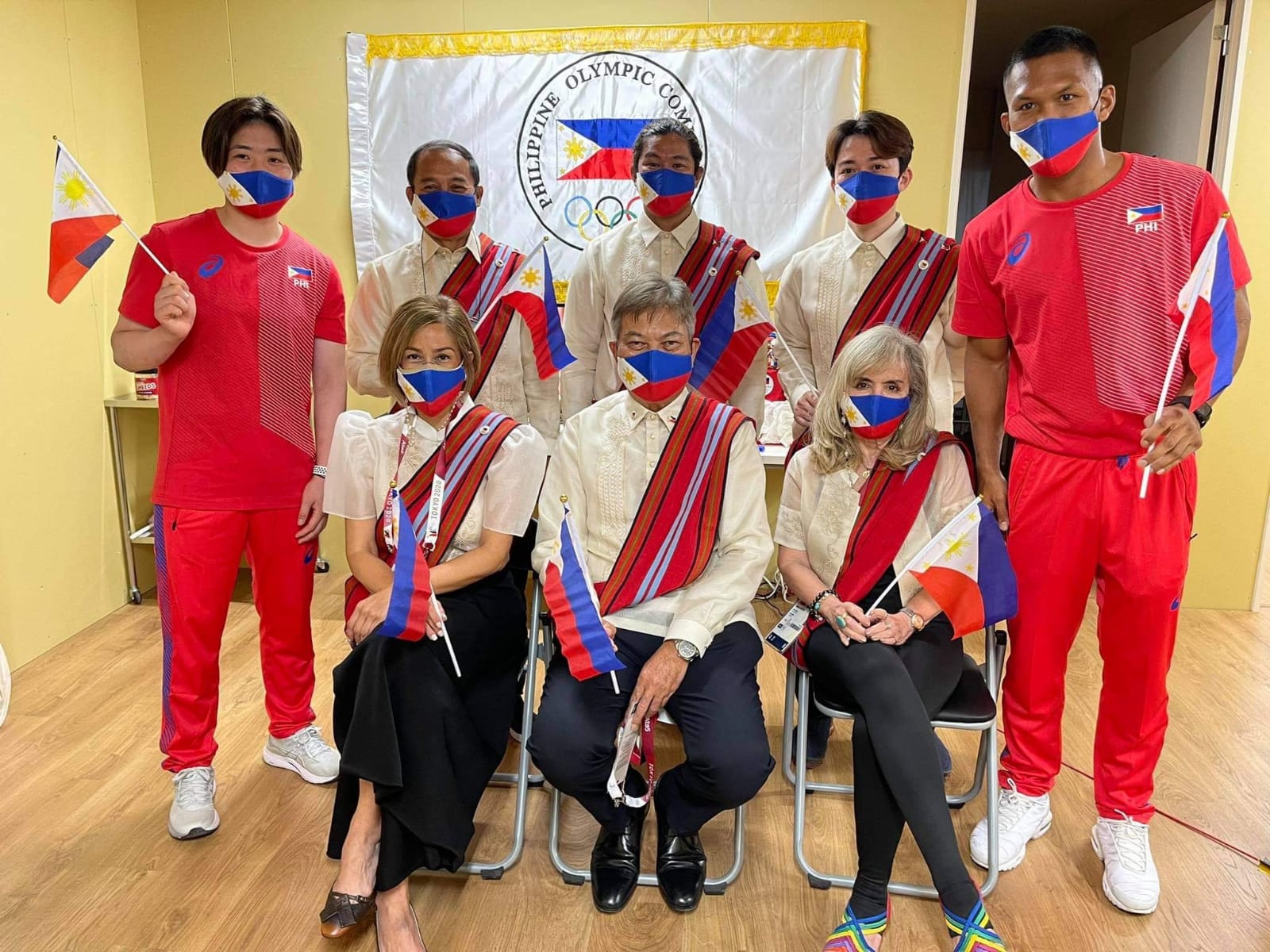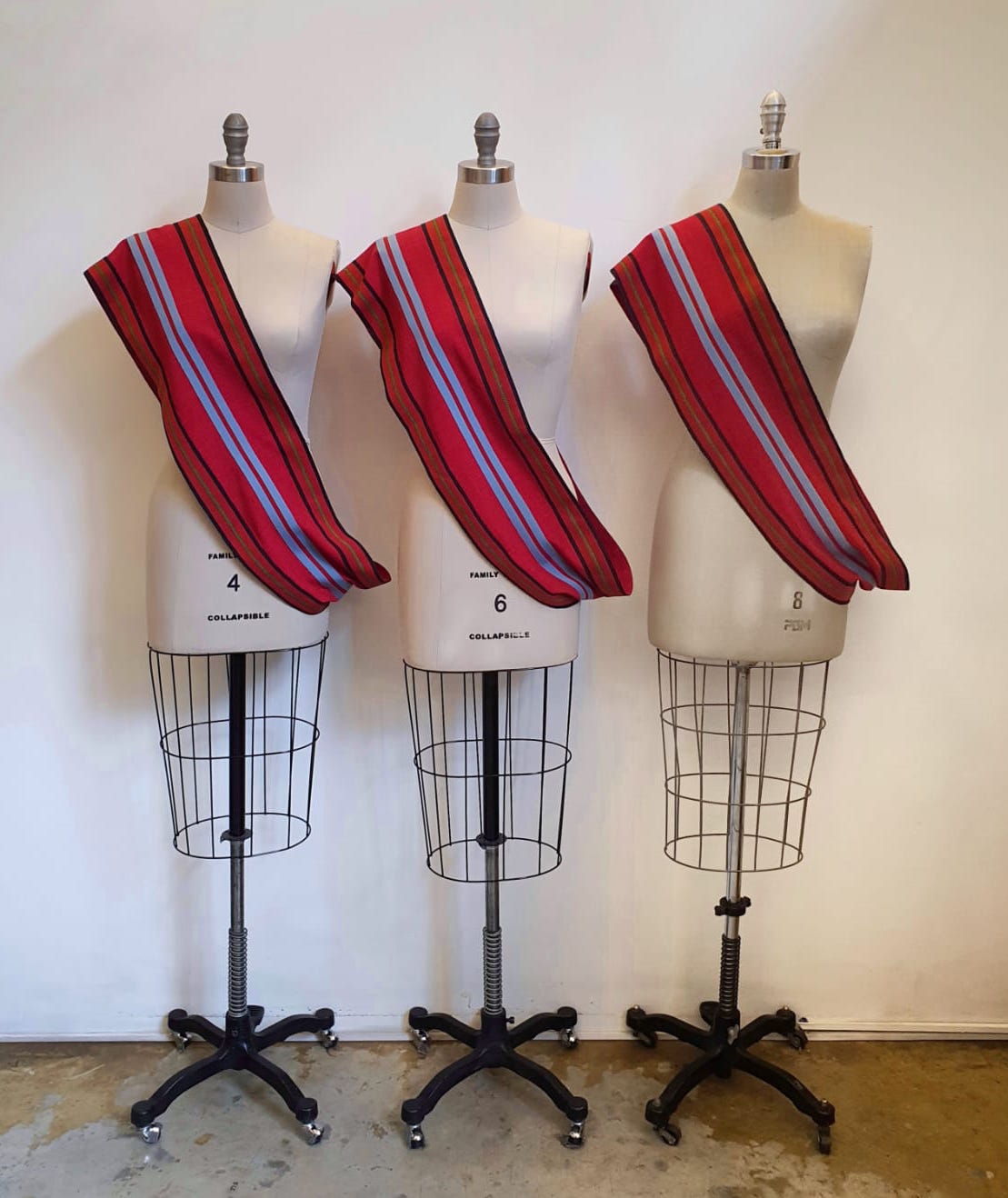Rajo Laurel had only 2 days to design for PH Olympic team—and chose the alampay from Benguet
As the world was eagerly anticipating the opening of the 2020 Tokyo Olympics last Friday, July 23, Rajo Laurel got a call from the Philippine Olympic Committee a few days earlier, on Tuesday.
They wanted him to design something the 19 athletes and the Philippine delegation would wear to the opening ceremonies of this pandemic-era Olympics. Like in most international sporting events, the PH team was to wear barong tagalog—and Rajo was tasked to make this stand out because, from afar, it looks simply like an off-white piece of clothing worn over black pants or skirt.

It’s not the first time Rajo has been asked to design for the national athletic team—this is his second Olympics and he’s also designed for the Asian Games.
It’s not the first time such a request came at the last minute either—but this important “assignment” was cutting it really close with only two days to actually execute the design between the paperwork and approval.
In an interview with PhilSTAR L!fe, Rajo says, “With the short time that we had, parang I had my own Project Runway Philippines challenge.”
Rajo didn’t have time to do measurements since the team was already in Tokyo, so he thought of something that the male and female athletes could put over their barong tagalog since everyone was bringing one to the Olympics.
“This is the tightest preparation I’ve ever had with only two days. It was basically creating a design that required no fitting, that was fast, effective and efficient. Yung barong, kanya-kanya na ‘yon.”

The design should be striking from afar, because the athletes would parade in a (largely empty) stadium, but at the same time still be very symbolic to the country.
The more Rajo studied it, he realized it was quite a common ancestral piece of clothing for the northern and southern tribes, this alampay or sablay.
“What came to mind—because of the speed and it was the easiest thing to do really—is what we call an alampay. If you recall, when we graduate from the University of the Philippines we wear this alampay, almost like a sash. I got inspired by that because I thought it was quite visual from afar.”
From there he wanted to combine several indigenous weaves and zeroed in on the weaving techniques of Benguet. “Buti na lang I had lots of that because I always support the weavers from the highlands. So we use the highland trims to create the alampay to be worn on top of the barong tagalog, which is a Filipino icon. And then we found the Philippine flag mask, which again is very symbolic. It turned out quite wonderful—something simple, elegant and easy. Those were the three adjectives that came to mind when I was working on it.”

The Benguet weave, he says, is what the Igorot tribe wears but they commonly use it as bahag (though sometimes as alampay too). “There's a lot of lines in the weave and normally there's black in there, but we concentrated on the red and the blue materials, and combined certain elements that would create an amalgamation to represent the Philippines—the barong, alampay and the face masks.”

Rajo adds, “This Olympics is different. It's a little bit more intimate.” Making the outfit was also in the spirit of bayanihan.
For his first Olympic work (London 2012), Rajo designed golden salakots and barong tagalogs. When the athletes lifted their salakot during the parade of nations, the hats looked like gold medals from the stands.
For the Asian Games, of which the Philippines had a big delegation—Rajo had more leeway in terms of visuals. He designed parasols which, when opened, became the Philippine flag from a distance.

“I'm a nationalist, when you look at my Twitter or my Instagram handle, the first thing I say is ‘I'm a Filipino fashion designer,’” he says. “It's such a huge honor and a great responsibility that when you are asked to design something for your country, you need to do it with the utmost respect. There's a lot of ideas that come to play, but at the end of the day, you really want to put your best foot forward.
Is he more creative in a tight schedule? (As soon as his atelier finished the alampays they were immediately shipped off.)
He says, “No. If we had more time, I’m sure we would have designed something more impressive. It was tough, but we’re in tough times anyway, and I’m happy how it turned out.”


